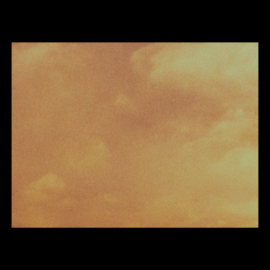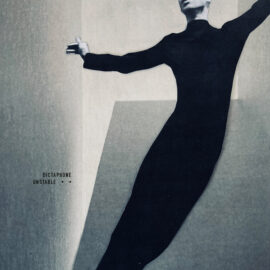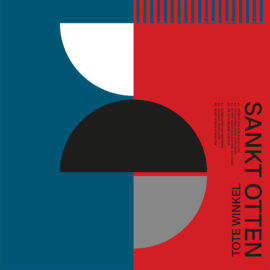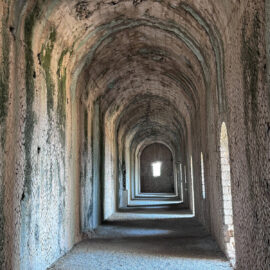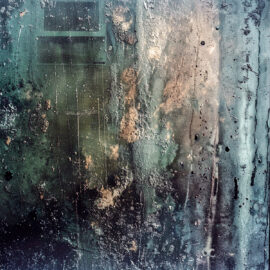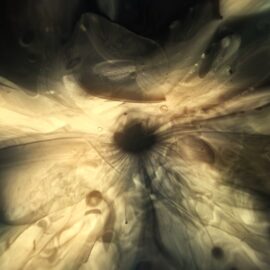
Sometimes I find great music, and sometimes music simply finds me. In this case, it was a dear friend, Luke Howard, who pointed me to a piece by Marty Hicks which completely captivated me, and now, here we are, premiering a track to a worldwide audience. I have a lot to say about this piece, but, after getting in touch with Marty to bring you “From Afar, Unhindered” he’s had a lot to say himself. So instead of my usual words, below you will find the words from the composer…
I spent the majority of 2017 working on music for other projects – animation, film, installations and so on – so I didn’t get a great deal of time to hunker up and work on my own music for a long time. I was also working hard on my master’s thesis, which meant my head was in books a lot of the time.
This was one of the ways that I found myself immersed in a lot of ‘cerebral’ electronic music – pieces that used Max MSP patches, or works inspired by specific combinations of numbers and certain types of data, for example. Compositional methods that are based on analytical thinking, acoustic phenomena, and computer-based data are a big part of electronic music – they were some of my main sources of input for most of 2017.
I’ve always felt more interested, however, in getting closer to ‘visceral’ music – a sound that has a physical or organic quality, that betrays the fact that humans are making it. Making music more ‘visceral’ to me means dirtying it up a little bit – keeping in all the creaks, noises, and sounds that would otherwise be edited out, for example. That’s maybe why I’m attracted to piano preparations.
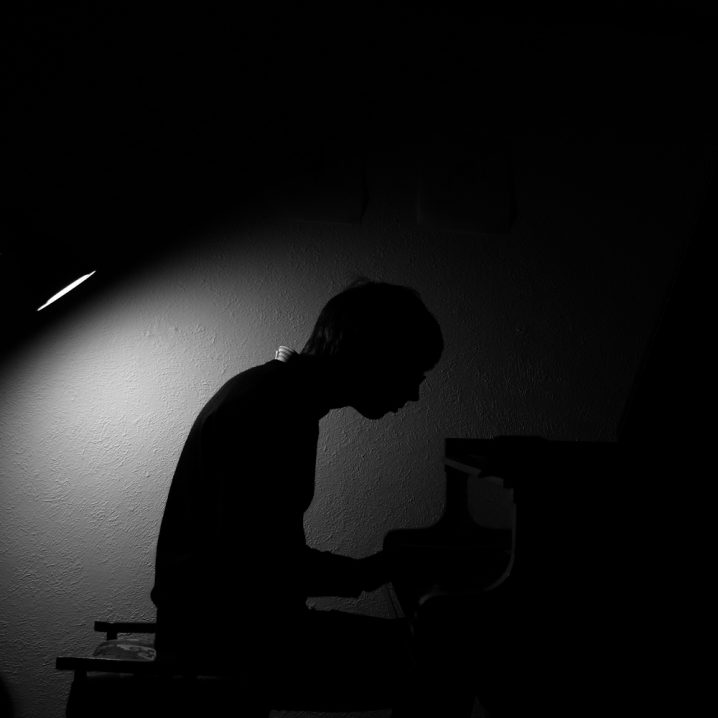
After getting a lot of ‘cerebral’ input last year, I’m finding myself more focused on using something as ‘cerebral’ as electronic music in a more ‘visceral’ way. One thing that draws me to ambient and drone music is its ability to use electronics viscerally, in a way that enables us to refer to it using words like “warm”. In “From Afar, Unhindered”, by using drone loops coated with gradually shifting noise filters and randomized gate filters I was able to apply a more organic quality to the sound, that meant the result different every time it was performed – this kind of ‘static but alive’ idea was what formed the basis of the track.
Over the top of the drone, I used some piano phrases that hover around a few key tones. This particular kind of phrasing and articulation was inspired by the singing style of vocalists like Marta Sebestyen – a little too aerobic for an instrument like the piano, but something I’m often trying to express. I’m only using a sample library for the sound – but it’s one where I can finely tune the preparations (the sound on this track uses a piece of felt over the strings), and the volume of things like the string resonances, pedal sounds, and other parts that I’d be looking at emphasizing if recording a real piano.
The thin sound of the piano, paired with the low howling of the drones, makes the track sound distinctly winter-like – this wasn’t intentional, but considering I made the track late one night when the weather outside my apartment was close to zero, that kind of interpretation seems apt.
Finally, the field recordings used are ones I took myself of wind blowing through susuki grass – one of my favorite sounds – and walking through snow in the mountains near Matsumoto.
